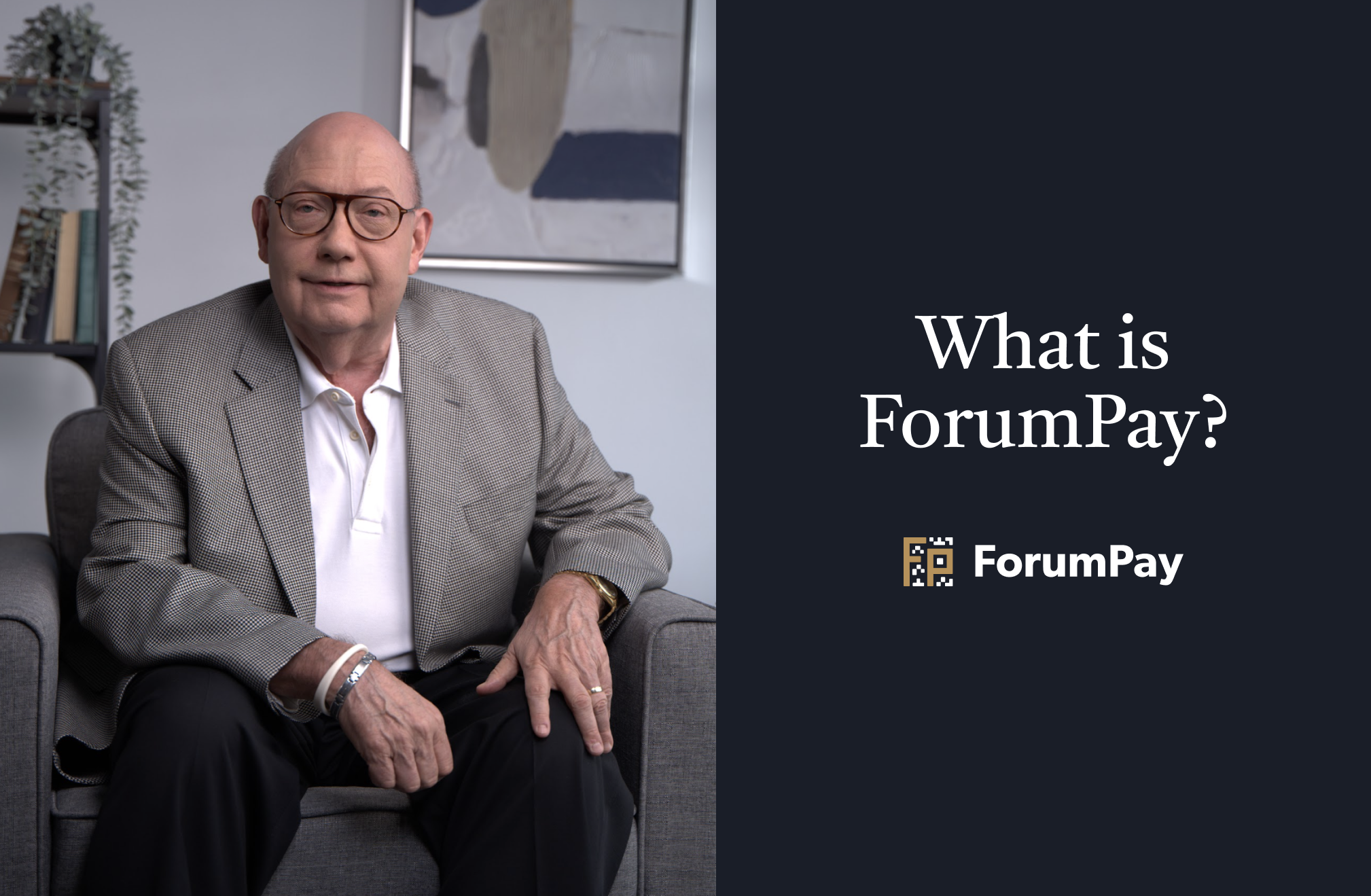
Mutually exclusive and mutually inclusive events aren’t only for probability and statistics; they can also be valuable for everyday life decisions. Below are some ways these concepts can be applied to improve personal and professional decision-making skills.
Opportunity Costs and Time Horizons
Understanding opportunity costs is crucial when considering mutually exclusive and mutually inclusive decisions in the context of both short-term and long-term success. In the short term, choices often have immediate, visible opportunity costs, such as forgoing leisure time when working late. However, these immediate choices can also impact long-term goals and come with deferred opportunity costs, such as potential health issues from consistent overwork.
Long-term decisions, like career or educational paths, might offer delayed gratification but could limit other life or professional opportunities. Balancing these considerations involves a nuanced understanding of the trade-offs between immediate gains and future benefits, adding complexity to any decision-making process.
Mutually Exclusive Decisions
- Career Choices
Choosing between two job offers from different companies is a classic example of mutually exclusive events in life decision-making. Accepting one job offer usually means you can’t accept the other, and it’s essential to weigh the pros and cons of each option carefully before making a final decision.
- Educational Paths
Similarly, opting for one academic major often excludes the possibility of pursuing another, at least within the same timeframe. Understanding that these choices are mutually exclusive can make it easier to commit to a decision.
- Resource Allocation
Time and money are limited resources. For example, deciding to spend money on a vacation may exclude the possibility of investing that money elsewhere.
- Decision Framework
An analysis like a weighted pros-and-cons list or a decision matrix can be beneficial for mutually exclusive decisions. A cost-benefit analysis can also provide clarity on the best course of action.
Mutually Inclusive Decisions
- Work-Life Balance
Work and personal life are mutually inclusive in that success in one area can often support success in the other. Recognizing that these aren’t mutually exclusive helps create a more balanced life.
- Skill Building
Learning multiple skills complementing each other is a case of mutually inclusive decision-making. For instance, learning coding and data analysis can be more beneficial than focusing solely on one.
- Investments
You can invest in multiple sectors, asset classes, or financial instruments simultaneously. These investments are mutually inclusive and often recommended for diversification.
- Decision Framework
For mutually inclusive decisions, consider how choices can be integrated or balanced. Tools like time management grids or resource allocation models can help optimize such combinations.
Hybrid Decisions
In many real-life scenarios, you’ll encounter decisions that are neither entirely mutually exclusive nor mutually inclusive. For instance, choosing to dedicate time to family only partially includes working overtime and vice versa. In these cases, a nuanced approach that involves prioritizing and balancing is necessary.
The principles of mutually exclusive and mutually inclusive events serve as a framework for better decision-making in various aspects of life. It aids in recognizing the nature and impact of our choices and provides analytical tools to make more informed and rational decisions. Whether faced with mutually exclusive options where a choice must be made or mutually inclusive opportunities where integration and balance are key, applying these concepts can bring clarity and confidence to the decision-making process.
To learn more, visit www.william-erbey.com/blog today!






